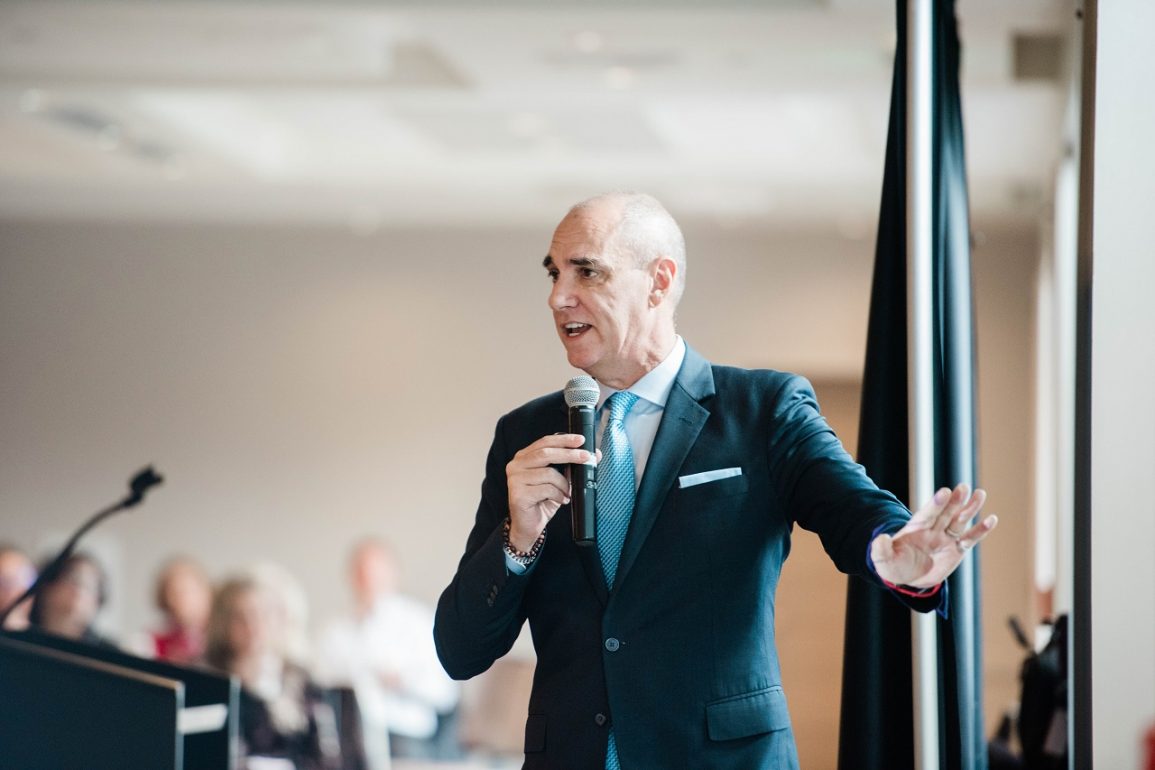In a recent interview with Seattle Met magazine, Windermere’s Chief Economist Matthew Gardner joined a panel of local real estate experts to discuss which pandemic-era housing trends are likely to stick around. The group covered everything from the rising popularity of certain home amenities to which areas buyers were likely to be attracted to — all forecasting what the housing market may look like when the pandemic is finally behind us.
Following many of his previous predictions, Gardner pointed to the rise of the suburbs and areas outside of city cores. According to his predictions, many businesses will not be returning to full-time office work as we knew it before the pandemic. Instead, companies are likely to allow for flex schedules, thus freeing employees to seek homes outside the urban core. The tradeoff for more space will be a longer commute a few days of the week, but Gardner believes this is a bargain many buyers are willing to make.
In conjunction with this, Gardner suggested that the areas most likely to benefit from this new housing mindset are those surrounding King County — specifically Pierce, Snohomish and Kitsap counties.
Gardner also stated that companies will likely adopt different models to offer more flexibility to their employees, such as hoteling work stations and utilizing more hub-and-spoke models instead of trying to increase the size or scale of the company’s headquarters. These innovations will allow employees to potentially have more options to choose where and when to work in person; desk hoteling will reduce the need for offices to try to contain every single employee during operational hours.
On the flip side of this, Gardner said that residential floorplans and new construction criteria are changing. Open floorplans aren’t as popular as they were before the pandemic, with many buyers seeking a home office or at least a distinct Zoom space in the home. As people have spent more time at home, the desire for more space, as well as for more distinct uses of space has risen.
But while buyers know what they want in a home, Gardner pointed out that there’s still incredibly limited inventory for them to choose from. The biggest challenge facing the Seattle housing market in the coming years, he said, will be the city’s zoning policies. About 70% of the city’s land is zoned for single-family homes, further crunching our already limited land supply. Along with Seattle’s difficult topography, construction costs and zoning requirements have also made it difficult for developers to build new projects.
All is not lost, however. Gardner pointed out that underutilized spaces, such as old strip malls and similar developments, could be repurposed into new housing developments. He argued that Seattle is not so much over-developed as it is “under-demolished.” Creative repurposing of land and rezoning certain areas could help alleviate the squeeze on would-be homebuyers.
Gardner also highlighted that the issues facing the housing industry impact every segment of the buying market. With older homeowners retiring later and not “moving down” into smaller homes later in life, middle-class buyers who want to move up are finding less inventory, in turn creating fewer options for first-time buyers trying to enter the market.
While the pandemic will ultimately be a temporary problem for the city, the underlying issues deserve careful consideration. Gardner’s words did make one thing abundantly clear: only by looking beyond the immediate situation can Seattle adequately prepare for the future.
This article was originally posted on Seattle Met by Benjamin Cassidy.




